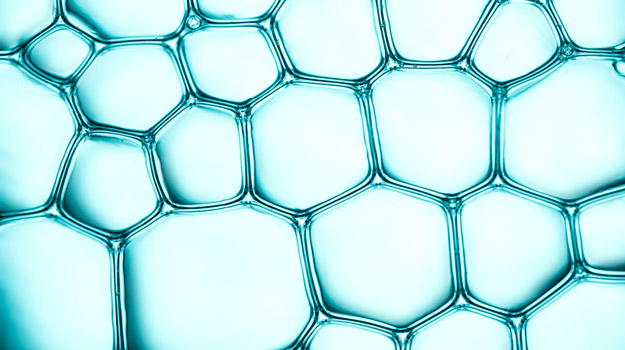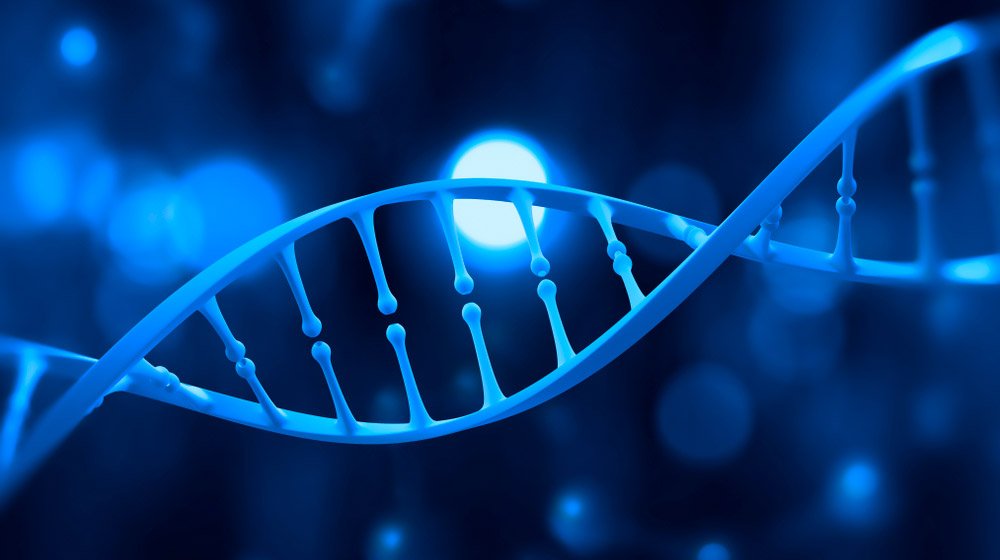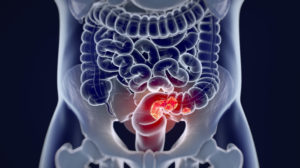Research shows that senescent cells are a major player in the aging process. Read on to learn more about it.
RELATED: The Power of Epigenetics: Slow Aging And Feel Younger With a Simple Test
In this Article:
- What Are Senescent Cells?
- What Causes Cellular Senescence?
- What Are the Consequences of Cellular Senescence?
- How Do Senescent Cells Contribute to Aging?
- Which Age-Related Diseases Are Linked to Senescent Cells?
Everything You Need to Know About Senescent Cells and Aging
What Are Senescent Cells?
Researchers Hayflick and Moorhead first identified senescent cells when they were doing experiments on human fibroblasts. Senescent cells are in a specific cellular program that stops them from proliferating or entering into cell division.
Cells in this state are in permanent and stable arrest. Researchers believe that cellular senescence is a necessary biological response.
It helps maintain tissue homeostasis by preventing the proliferation of damaged cells. It’s also one of the body’s natural tumor suppressor mechanisms. However, researchers are finding that it’s also a driver of aging and may contribute to age-related diseases.
What Causes Cellular Senescence?

Apart from the activation of tumor suppressor pathways, several factors contribute to cellular senescence. These factors include:
- Telomere damage
- DNA damage
- Metabolic dysfunction
- Epigenetic dysregulation
The telomere is a repetitive sequence located at the end of chromosomes. With each cycle of cell division, the telomeres get shorter.
Over time, this can cause DNA damage, which can trigger cellular senescence. DNA damage caused by other factors can also trigger senescence.
Certain metabolic pathways also regulate autophagy. Autophagy refers to the body’s process of clearing out damaged cells to regenerate new ones.
When autophagy is inhibited, it can induce cellular senescence. Epigenetic changes such as a decrease in the expression of histones encoding genes or an increase in DNA methylation may also contribute to cellular senescence.
RELATED: 13 Simple Tips For Aging Gracefully (Self-Care Checklist) [INFOGRAPHIC]
What Are the Consequences of Cellular Senescence?
Senescent cells fulfill essential physiological roles that allow for normal development. Once cells enter senescence, they’re supposed to send out signals that call for immune cells to destroy them.
Immune function may decline with age, though. So, over time, senescent cells can accumulate in tissue. An increase of senescent cells contributes to stem cell exhaustion and chronic inflammation—both of which are hallmarks of aging.
How Do Senescent Cells Contribute to Aging?
There are three categories of aging hallmarks:
- Primary – this refers to factors that cause age-associated damage.
- Antagonistic – this refers to the consequences of age-associated damage.
- Integrative – this refers to the consequences of the body’s damage response.
Scientists believe that cellular senescence is an antagonistic hallmark of aging. It’s the body’s stress response triggered by other hallmarks of aging (ex: telomere damage).
Aging involves various interrelated mechanisms. So, cellular senescence may also have an impact on other hallmarks of aging.
When it comes to aging, there are still many questions left unanswered. The causal relationship between aging and senescent cells hasn’t been established.
However, many scientists believe that cellular senescence may be one of the drivers of aging. Here are some findings that highlight this relationship between senescent cells and aging:
- Senescent cells have a less functional mitochondria. This can contribute to metabolic dysfunction.
- There’s an increase in senescence markers’ expression when there’s a decline in neural stem cells.
- In an animal study, deleting telomeres in mice leads to premature aging.
- Shortened telomeres are linked to pathologies and an increase in mortality among older adults.
- Senescent cells release senescence-messaging secretome (SASP) that include pro-inflammatory components. This contributes to chronic inflammation or inflammaging.
- As we age, inflammatory markers increase in tissue. Aging phenotypes, like frailty, is linked to an increase in inflammatory markers.
- There’s an increase in senescent cells and their SASP in damaged tissue.
- In several animal model studies, removing senescent cells improved the symptoms of age-related conditions, delayed tumor growth, and even eased some of chemotherapy’s side effects.
- Several studies suggest that eliminating senescent cells decreases inflammation in the tissue. Using senolytic models, researchers found that removing senescent cells from aged organs lowers inflammation markers.
Apart from contributing to stem cell exhaustion and chronic inflammation, some studies link senescent cells to a variety of age-related diseases.
Which Age-Related Diseases Are Linked to Senescent Cells?

Cellular senescence is linked to the following age-related diseases:
- Cancer – Cellular senescence can be a tumor-suppressive mechanism, but their SASP can make it easier for cancer to proliferate (especially in older tissue).
- Renal disease – There is a link between the activation of tumor suppressor networks and glomerulosclerosis and nephron atrophy. There was an improvement in kidney function when researchers removed senescent cells in mice.
- Type 2 diabetes – There is a link between the activation of tumor suppressor networks and diabetes. On top of that, diabetic mice have high levels of senescent markers.
- Idiopathic pulmonary fibrosis (IPF) – Patients with IPF have increased levels of certain senescent markers.
- Fatty liver disease – High levels of specific senescent markers can predict liver disease. On top of that, removing senescent cells in mice helps reduce fat in their liver.
- Cardiovascular disease – Removing senescent cells helps reduce plaque in arteries. It also helps prevent plaque formation. Other studies also show that SASP contributes to coronary heart disease.
- Osteoarthritis – There is a link between the activation of tumor suppressor networks and the progression of osteoarthritis. In animal studies, researchers noted an accumulation of senescent cells in the site of injury. There were cartilage rejuvenation and an increase in functionality when these cells were cleared.
- Skeletal muscle mass loss – There was an increase in muscle cell formation when researchers removed senescent muscle stem cells in mice.
- Cachexia (age-related) – Researchers removed senescent cells in older mice. This led to an increase in weight and helped prevent mass loss.
Old age is a common and major risk factor for a variety of diseases and disorders. Some researchers believe that targeting aging mechanisms may treat many age-related pathologies.
Many studies provide compelling evidence that links cellular senescence to the aging process. As scientists continue to learn more about aging and its mechanisms, they hope to find better ways to treat age-related pathologies and optimize health.
In the meantime, there are things you can do to optimize your healthspan today. Visit the TruDiagonistc website to learn more.
What concerns you most about aging? Share your thoughts with us in the comments section below.
Source:
Up Next:





